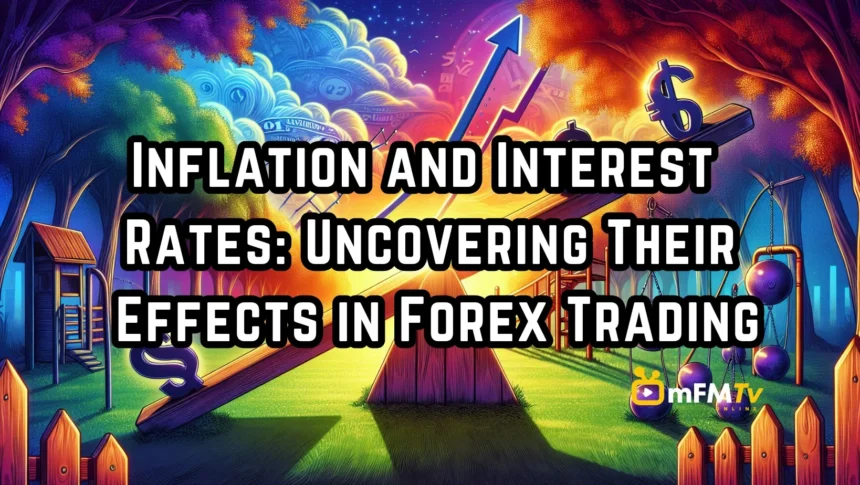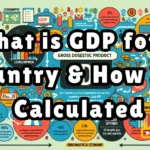In the dynamic world of Forex trading, understanding the fundamental economic indicators that influence currency values is crucial. Among these indicators, inflation and interest rates hold significant sway. This article explores how inflation and interest rates impact Forex trading, helping traders make informed decisions in the market.
Understanding Inflation
Inflation refers to the rate at which the general level of prices for goods and services rises, eroding purchasing power. Central banks monitor inflation closely and aim to keep it within a target range, typically around 2% annually for many developed economies. Inflation impacts the Forex market in several ways:
- Purchasing Power Parity (PPP): Higher inflation in a country decreases its currency’s purchasing power relative to other currencies. This often leads to a depreciation of the currency in the Forex market as traders adjust for the reduced value.
- Interest Rate Adjustments: Central banks may raise interest rates to combat high inflation. While higher rates can attract foreign capital, boosting demand for the currency, the initial period of high inflation usually exerts downward pressure on the currency.
- Market Sentiment: Inflation data influences market sentiment and traders’ expectations. Consistently high inflation may lead to a lack of confidence in a currency, prompting traders to sell it off in favor of more stable options.
Understanding Interest Rates
Interest rates are the cost of borrowing money, set by a country’s central bank. They are a key tool for regulating economic activity and controlling inflation. Interest rates directly influence currency values in the Forex market through several mechanisms:
- Capital Flows: Higher interest rates offer better returns on investments denominated in that currency, attracting foreign capital. This increased demand can cause the currency to appreciate.
- Carry Trade: Traders often engage in carry trades, borrowing in low-interest-rate currencies and investing in high-interest-rate currencies. This strategy can amplify the demand for higher-yielding currencies, leading to appreciation.
- Economic Indicators: Interest rate decisions are based on various economic indicators, including inflation, unemployment, and GDP growth. A rise in interest rates usually signals a strong economy, attracting investment and boosting the currency.
The Interplay Between Inflation and Interest Rates in Forex Trading
The relationship between inflation and interest rates is intricate and essential for Forex traders to understand. Here’s how they interact and impact currency values:
- Central Bank Policies: Central banks adjust interest rates in response to inflation. When inflation rises above the target, central banks may increase interest rates to cool down the economy. Conversely, if inflation is too low, they may cut rates to stimulate spending and investment.
- Currency Valuation: An increase in interest rates can lead to an appreciation of the currency as it attracts foreign investment. However, if the rate hike is perceived as detrimental to economic growth, it might lead to negative sentiment and currency depreciation in the long term.
- Market Expectations: Forex traders anticipate central bank actions based on inflation trends. If traders expect a rate hike due to rising inflation, they might buy the currency in anticipation of higher returns, leading to an appreciation even before the official rate change.
Practical Implications for Forex Traders
- Monitoring Economic Data: Traders should closely follow inflation reports, interest rate decisions, and statements from central banks. This data provides insights into future monetary policy actions and potential currency movements.
- Risk Management: Inflation and interest rates can cause significant volatility in the Forex market. Implementing robust risk management strategies, such as stop-loss orders and position sizing, is essential to protect against adverse movements.
- Diversification: Relying on a single currency pair can be risky due to the unpredictable nature of inflation and interest rates. Diversifying trading portfolios across multiple currencies can mitigate risks.
Conclusion
Inflation and interest rates are powerful forces in Forex trading, influencing currency values through complex economic mechanisms. By understanding their interplay and staying informed about economic indicators and central bank policies, traders can make more informed decisions and navigate the Forex market more effectively. As always, a disciplined approach and sound risk management are key to success in this dynamic market.




